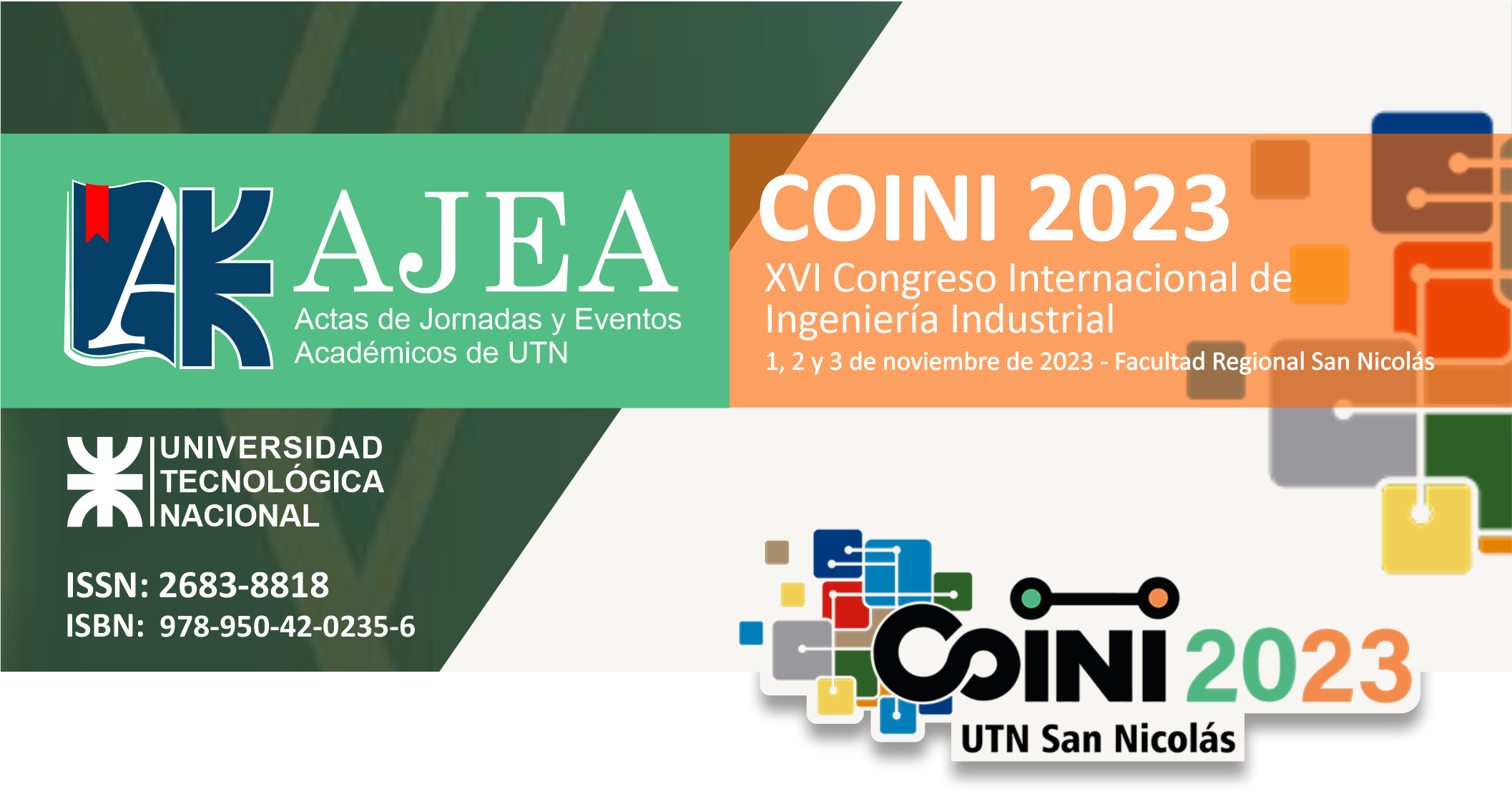THE ROLE OF EXTERNAL AND INTERNAL FACTORS IN THE IMPLEMENTATION OF GOOD ENVIRONMENTAL PRACTICES: A FOCUS ON THE METALWORKING INDUSTRY
Keywords:
Good Environmental Practices, organizational environment, metalworking industriesAbstract
The present work consists of a literature review that provides partial information on the progress of a research project on the dissemination and institutionalization of Good Environmental Practices (GEP) in metalworking industries in the northern region of the province of Buenos Aires and southern Santa Fe. In this study, the impact of the external environment and internal motivations on the adoption of GEP is examined, as well as the tensions that arise in organizations when implementing them. The external environment is made up of the technical and institutional environment, where the technical elements comprise the more materialistic, resource-based particularities, while the institutional elements encompass the more symbolic and cultural factors. Furthermore, it is of interest to analyze the internal motivations of organizations in relation to the implementation of GAP. These motivations may include long-term economic benefits, enhanced business reputation, meeting employee and senior management expectations, as well as commitment to corporate social responsibility. In this context, the tensions generated between economic opportunities and interests, on the one hand, and regulatory frameworks, market demands and a citizenry increasingly sensitive to environmental issues, on the other, are examined. Likewise, the internal motivations that drive organizations to adopt and promote GEP are explored.
Downloads
Metrics
Downloads
Published
How to Cite
Conference Proceedings Volume
Section
License
Copyright (c) 2024 Javier Meretta, Carlos Gómez, Laura Bárbaro, Tomás García

This work is licensed under a Creative Commons Attribution-NonCommercial 4.0 International License.










